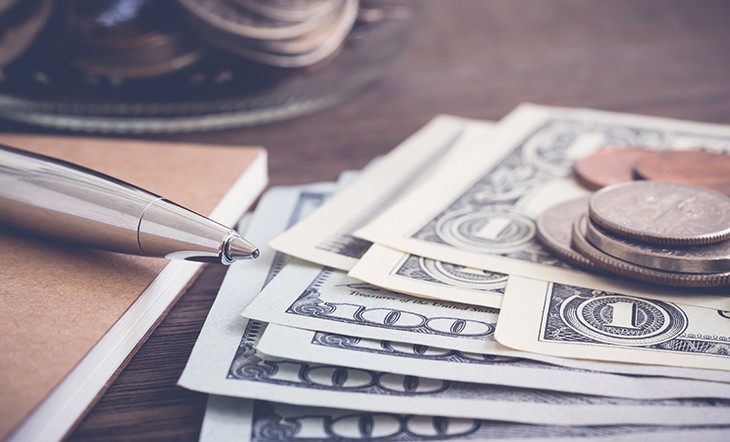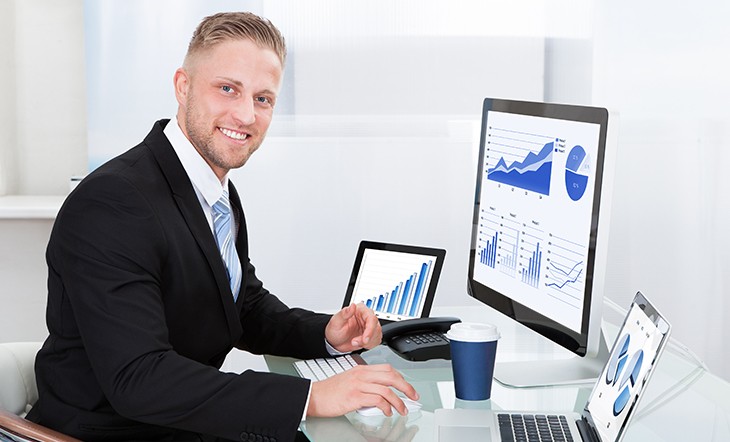How A Financial Advisor Can Help You in A Low-Yield Environment

Investing refers to buying an asset to be able to generate some yield or income. Yield includes interest or dividend income as well as capital appreciation. Asset appreciation represents the difference between the current value and its acquisition cost. Various factors, like the nature of the underlying assets and the economic conditions, influence the returns and may lead to a possibility of having to invest in a low-yield environment. Hence, your investment strategies and your portfolio may need a revision for suiting such an environment and you may need to consult with a financial advisor to help you in making changes to your portfolio.
This article highlights how your advisor can help you in a low-yield environment.
- Creation of a financial plan
- Recommendations to mitigate risk
- Introduction of relevant financial products
- Diversification of your investment portfolio
- Periodic and timely portfolio review
Returns vary depending on the investment type and has an inverse relation with the risks involved. Normally, higher returns are a reward for taking higher risks. A low-yield environment thus usually witnesses investors opting for riskier assets. The risk tolerance varies from individual to individual. What may work for one investor may not work for another. Thus, approaching a financial advisor helps in creating a customized portfolio.
Apart from your risk appetite, your financial goals are also imperative in determining investment options. You may need to have a detailed discussion with a financial advisor and share your interpretation of risk and your end-goal of investing. This will allow the advisor to take into account your views and objectives and create customized solutions. A tailor-made investment plan can improvise your financial portfolio in a low-yield environment.
Every investment is subject to risk. Though you cannot eliminate risk, you can mitigate it. A portfolio consisting of high yield investments can increase risk levels. Your financial advisor can guide you on ways to combat this risk.
It is not possible to predict the exact timings of the highs and lows in any market or economy. However, the markets normally stabilize over a period of time. This is the benefit of a long-term investment horizon in combating volatility. Besides, you can combat the overall risk of the portfolio by investing in the right type of assets. Your advisor will analyze various parameters to help you make suitable investment decisions. This normally includes quantitative analysis like dividend coverage ratio and earning per share. It also consists of a review of the past and anticipated company performance. Hence, using their experience and detailed research, your advisor can share with you risk mitigating strategies.
A financial advisor knows various financial products and can tell you about relevant financial options for investment purposes. They can recommend the most suitable investment type for a balanced portfolio. Below are examples of a few options for investing in a low-interest rate environment.
Bonds: Investing in bonds can add stability to an investment portfolio. Your advisor can guide you in selecting suitable bonds yielding a comparatively higher coupon rate.
Stocks: Equity carries higher risk and a higher potential for generating returns. Having a long term investment horizon can justify this riskier option. Besides, investing in stocks can also aid in the generation of a corpus over time.
Real assets: A real asset is a tangible asset that derives its value from its properties. Precious metals, commodities, and real estate are some examples of real assets. They tend to move in a direction opposite to that of stocks and bonds. Real assets can hence introduce diversity to your investment portfolio.
When you invest in different asset-types, it diversifies your portfolio. Diversification aims at reducing risk by putting money across various types of assets. It does not limit exposure to a particular industry or financial instrument. There are two types of risk - systematic and unsystematic. Systematic risk is market risk and is inherent in nature. It represents the volatility in the market which you cannot diversify. Unsystematic risk is associated with a particular industry or company. For example, the impact of the change in the internal policies of a company can pose some risk. You can tackle this through diversification.
A diversified portfolio also helps in maximizing returns. Different segments respond differently in a given economic scenario. Thus, the loss from one segment is somewhat negated by the profits from another segment. Diversification can create a stable portfolio in line with your financial goals. A financial advisor can help you create a sustainable portfolio through diversification.
The role of a financial advisor does not stop with portfolio creation. It also continues thereafter and includes undertaking a periodic review of the portfolio. A financial advisor can analyze existing investments and evaluate their performance, ensuring that the portfolio is in line with your investment preferences. Besides, a portfolio review also takes into account the volatility and price fluctuations.
The advisor can also review investments on a standalone basis while assessing their impact on the entire portfolio. Further, they also measure the portfolio’s performance in comparison with market conditions. A portfolio review in a low-yield environment is important for making optimum gains.
To sum it up
Having a limited understanding of financial instruments may lead to wrong investment decisions. Failure to comprehend the impact of changing economies can also result in poor choices. A regular review and revision of your investment portfolio can to some extent, aid in combating external adversities. This requires a fair degree of expertise and professional acumen. To ensure that your investment strategy is in line with your financial goals, it is important to share your complete financial information with your financial advisor.
Your advisor can guide you to set realistic goals and timelines by monitoring your investment portfolio. This aids in timing the sale and purchase of investments for capitalizing on available opportunities. You can get in touch with a financial advisor for creating an investment strategy to suit your preferences in a low-yield environment.







.jpg)












.jpg)





.jpg)


.jpg)



.jpg)















.jpg)


.jpg)







.jpg)
.jpg)







.jpg)

.jpg)






.jpg)

.jpg)



.jpg)

.jpg)



.jpg)



.jpg)


.png)
.jpg)
.jpg)




.jpg)




.jpg)


.jpg)


.jpg)
.jpg)
.jpg)
.jpg)

.jpg)
.jpg)



.jpg)





.jpg)
.jpg)

.jpg)
.jpg)
.jpg)
.jpg)
.jpg)

.jpg)




.jpg)
.jpg)


.jpg)
.jpg)
.jpg)
.jpg)

.jpg)

.jpg)












.jpg)



.jpg)


.jpg)




.jpg)











.jpg)



